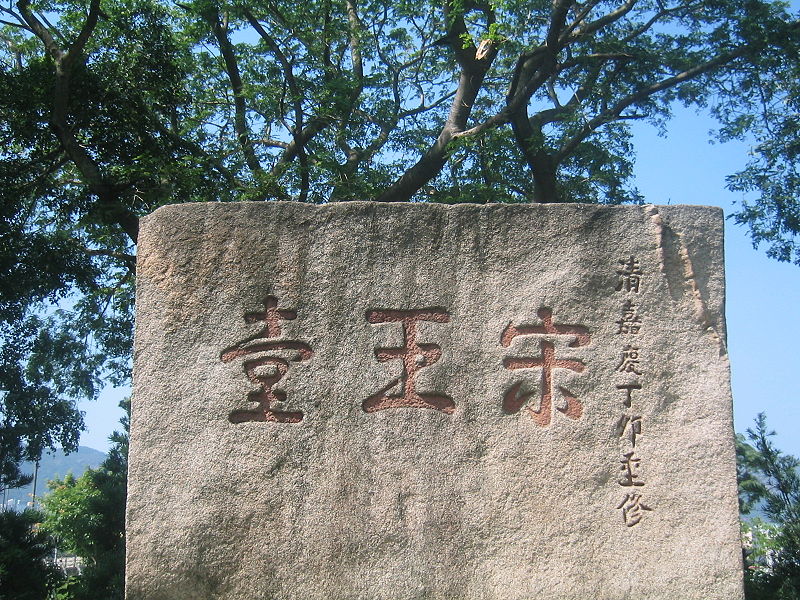The Hong Kong Catholic Cathedral of the Immaculate Conception (traditional Chinese: 聖母無原罪主教座堂) is the Roman Catholic Cathedral of the Catholic Diocese of Hong Kong. It is the seat of the Diocesan bishop, currently John Tong Hon. The Cathedral is one of the two cathedrals in the city of Hong Kong, the other being the Anglican St. John's Cathedral.

It is located at 16 Caine Road, Central. It is open from 7:00 am to 7:00 pm daily. It is graded as Grade I Historic Building.
The first Roman Catholic cathedral of Hong Kong was built in 1843 on Wellington Street and destroyed in a fire in 1859. The cathedral was rebuilt, but subsequently a different site was selected just above Caine Road by the Glenealy Ravine, where it is still located today. The Cathedral was designed by Crawley and Company of London. Construction of the new building started in 1883. Services first began in July 1886 under the auspices of the Apostolic Vicar Dominic Pozzoni and the first Mass was celebrated on 7 December 1888.

(The narthex in the Cathedral)
It was a Cathedral from the time it was built, as the seat of the apostolic vicariate that preceded the establishment of the diocese in 1946; however, it was not consecrated as a cathedral until 1938.
The Cathedral’s original timber roof was replaced with a concrete roof in 1952; the main altar was also reconstructed in the early 1980s.

The Cathedral underwent renovation in 2002, and the renovation project was recognized by an Honorable Mention in the 2003 UNESCO Asia-Pacific Heritage Awards for Cultural Heritage Conservation.
The Cathedral measures 272 feet (83 m) long and 132 ft (40 m) wide, with 38 columns. It is an imposing Gothic Revival style built in a Greek cruciform shape with a tower at the intersection of the nave and transepts. It is constructed predominantly of bricks and stone over a granite platform and is supported by external buttresses.

http://en.wikipedia.org/wiki/Hong_Kong_Catholic_Cathedral_of_the_Immaculate_Conception
http://cathedral.catholic.org.hk/index.php?id=2
http://www.catholic.org.hk/v2/b5/index.html




























